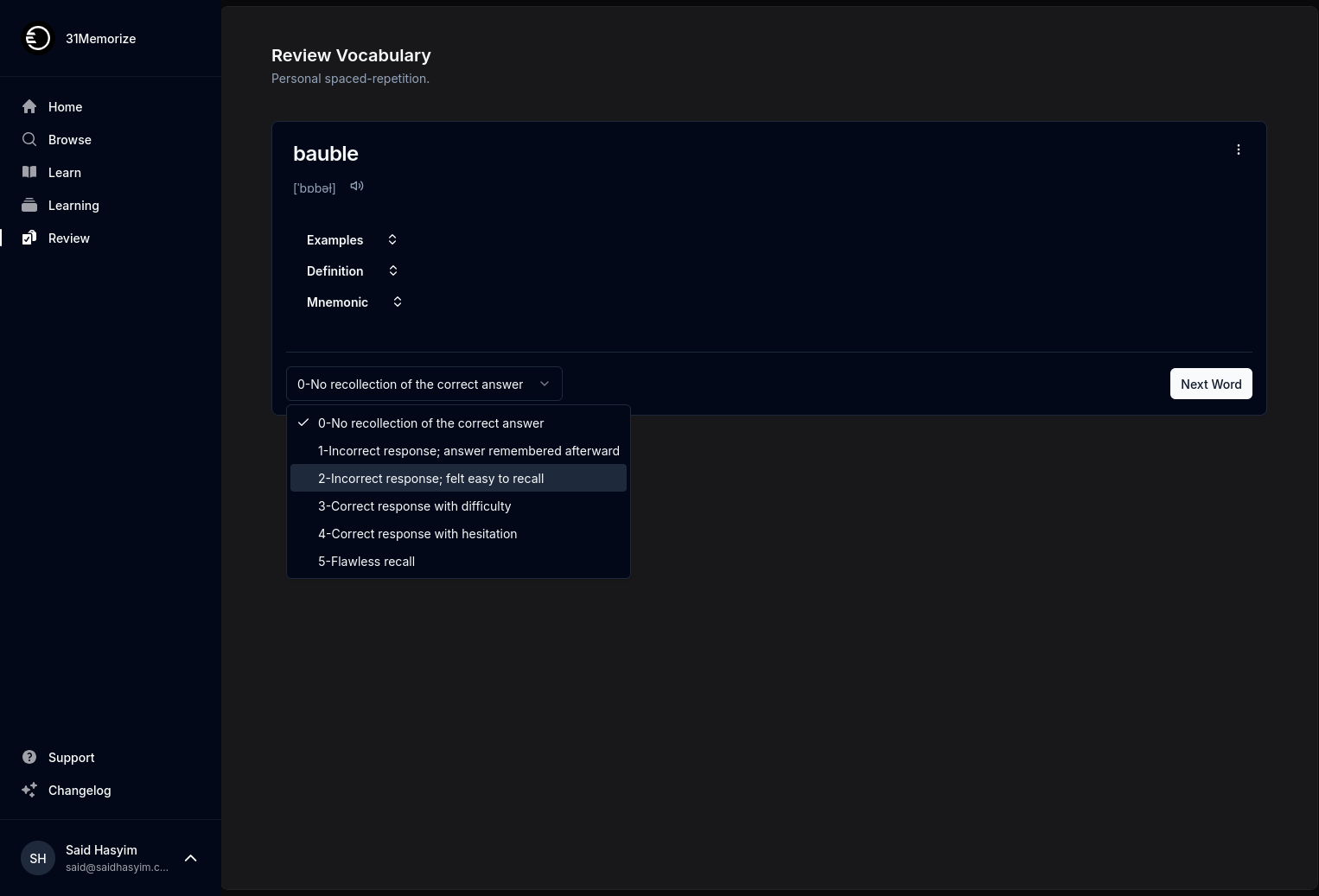Understanding Audience Feedback to Write Better
In the world of writing, especially in an age where digital communication reigns supreme, understanding your audience has never been more essential. Whether you are crafting a novel, writing an article, or creating content for social media, grasping the subtleties of audience feedback can transform your work into something remarkable. This post will dive into why audience feedback matters, how to interpret it effectively, and strategies for incorporating this feedback into your writing process.
The Importance of Audience Feedback
1. Elevating Your Content Quality
Audience feedback serves as a mirror reflecting the perceptions and preferences of your readers. Engaging with this feedback can significantly elevate the quality of your content. Constructive criticism can reveal gaps in your argumentation, undermine your narrative flow, or highlight areas needing clarification. By honing in on these points, you can fine-tune your writing and enhance its overall impact.
2. Building Connection and Trust
When you respond to audience feedback, you are taking an active step toward cultivating a relationship with your readers. Acknowledging their opinions shows that you value their thoughts and feelings, which fosters trust and loyalty. Over time, this connection can lead to a dedicated following eager to engage with your future work.
3. Understanding Market Demands
In a competitive writing landscape, understanding market demands is crucial. Feedback from your audience can provide insight into current trends, topics of interest, or gaps in existing literature. By paying attention to these signals, you can align your writing with what readers are seeking, thereby increasing the chances of your work resonating with a broader audience.
Interpreting Audience Feedback Effectively
Understanding audience feedback is more than just skimming through comments or reviews. It involves a nuanced interpretation that can help you extract meaningful insights. Here are some methods to help you analyze feedback:
1. Categorize Feedback Types
Audience feedback typically falls into several categories:
- Positive Feedback: Praise from readers can reveal what aspects of your writing are working well and should be embraced or expanded.
- Negative Feedback: Critiques can offer a goldmine of information about where improvements are needed.
- Neutral Feedback: Constructive suggestions may neither be wholly positive nor negative but can help identify areas of ambiguity or confusion.
By categorizing responses, you can see trends more clearly and understand how different types of feedback relate to your writing style or content choices.
2. Look for Repetition
When multiple readers highlight the same point, it’s a clear indication of an underlying issue or strength. Identifying repeated themes can assist you in prioritizing changes. For instance, if several readers mention the pacing of your story feels off, it’s worth reevaluating your structure.
3. Distinguish Between Subjective and Objective Feedback
While subjective feedback provides valuable personal insights, it can be influenced by individual preferences, biases, or experiences. Objective feedback, on the other hand, is more universal and can help you gauge the overall effectiveness of your work. Striking a balance between evaluating both types will enrich your understanding of your writing's reception.
4. Read Between the Lines
Not all feedback is straightforward. Some readers may express dissatisfaction, but their reasoning can be embedded within their critique. Look for deeper meanings that provide context—sometimes, what they do not say is just as telling as what they do say.
Strategies for Incorporating Feedback
Once you’ve gathered and analyzed feedback, the next step is to incorporate it effectively into your writing. Here are several strategies to help you do just that:
1. Maintain an Open Mind
Genuine improvement comes from a willingness to listen to feedback with an open heart and mind. Approach critiques with curiosity rather than defensiveness, and be prepared to make tough choices about your material. Remember, feedback is not a personal attack but rather a tool for growth.
2. Set Feedback Goals
Establish specific goals based on the feedback received. If multiple readers suggest that a character is underdeveloped, set a goal to deepen their backstory or motivations. Clear objectives will give your rewriting process direction and help you track your progress.
3. Experiment with Revisions
Not all feedback needs to be incorporated in a straightforward manner. Sometimes, you might need to test out different revisions to see what resonates best. Combine feedback suggestions and experiment with various revisions to determine what aligns with your voice while also addressing reader concerns.
4. Seek Additional Perspectives
Discussions with fellow writers, editors, or peers can provide a fresh lens on the feedback you've gathered. They may see patterns or issues that you might have overlooked. A collaborative approach can deepen your understanding and offer innovative solutions.
5. Create a Reader Persona
Understanding who your readers are can help you tailor your revisions more strategically. Construct a reader persona summarizing your ideal audience's interests, demographics, and preferences. Use this persona to frame your revisions, ensuring your writing aligns with the expectations and desires of your primary audience.
Conclusion
Audience feedback is a powerful catalyst for growth in your writing. By understanding its significance, learning to interpret it effectively, and adopting strategies to incorporate it into your work, you can produce writing that resonates, captivates, and—most importantly—connects. In an ever-evolving literary landscape, those who listen to their readers will not only improve their craft but will also find fulfilling connections with their audiences that amplify their message.
Embrace the feedback process, and watch as your writing flourishes in the hearts and minds of your readers. Happy writing!
